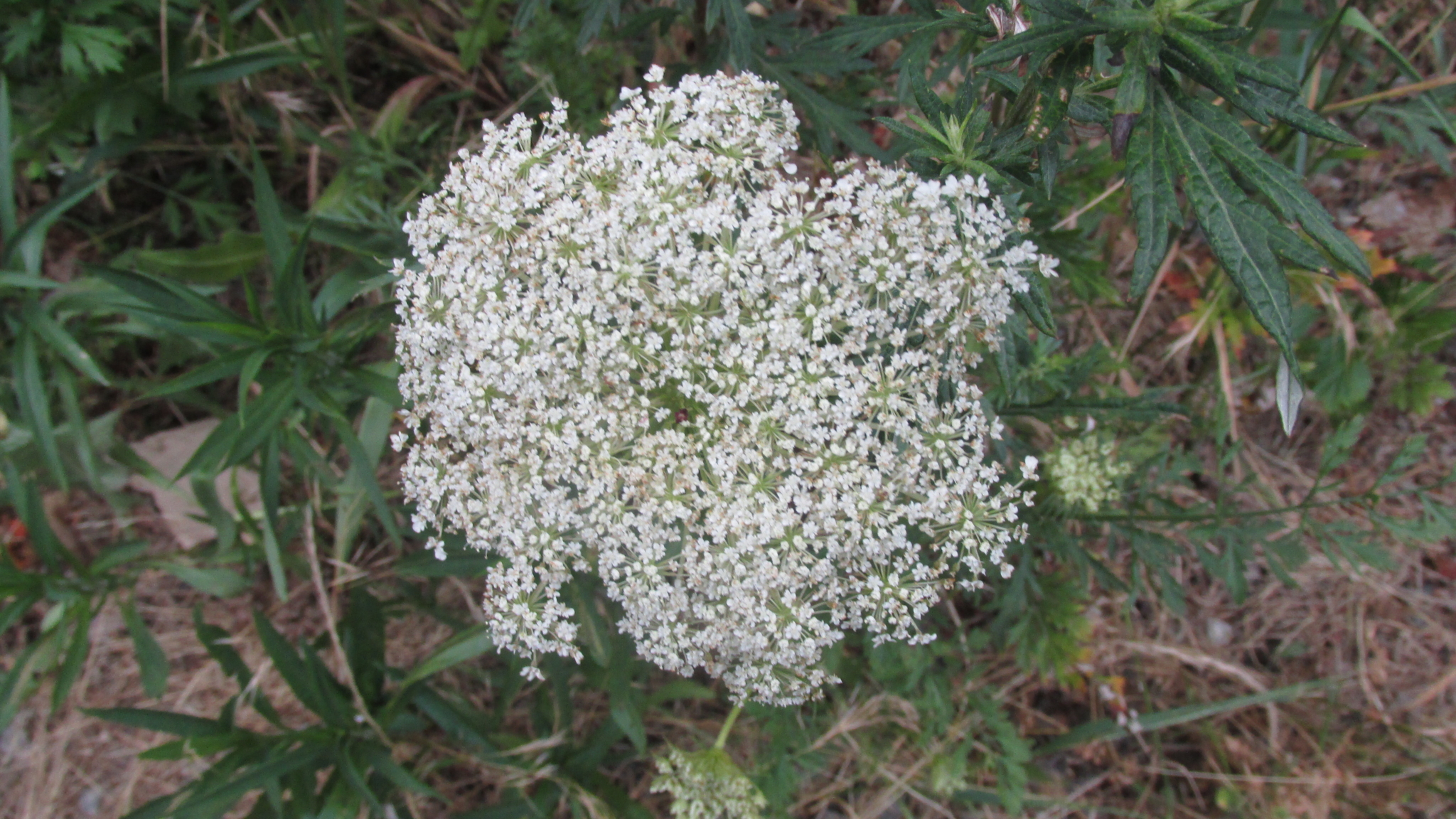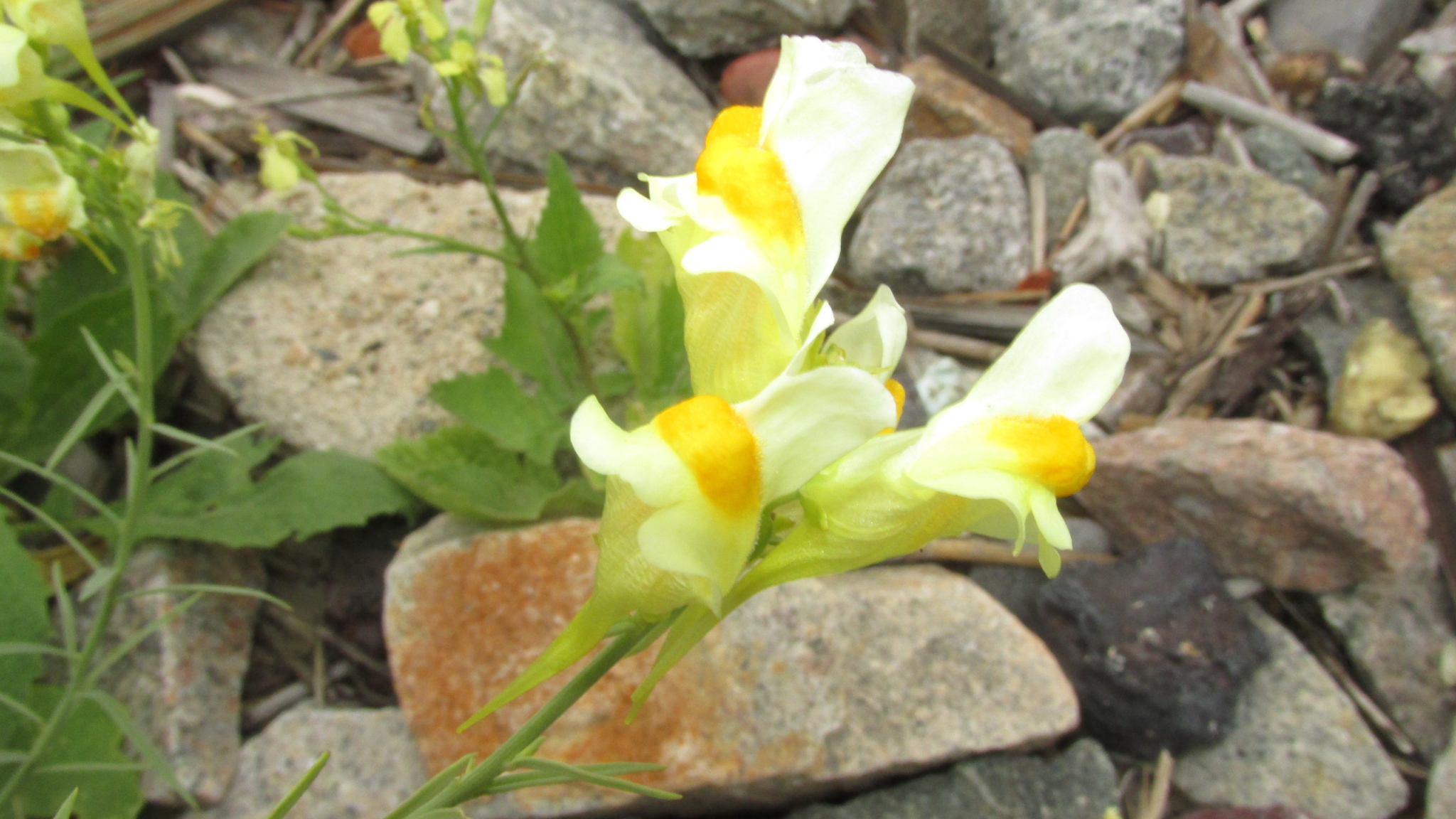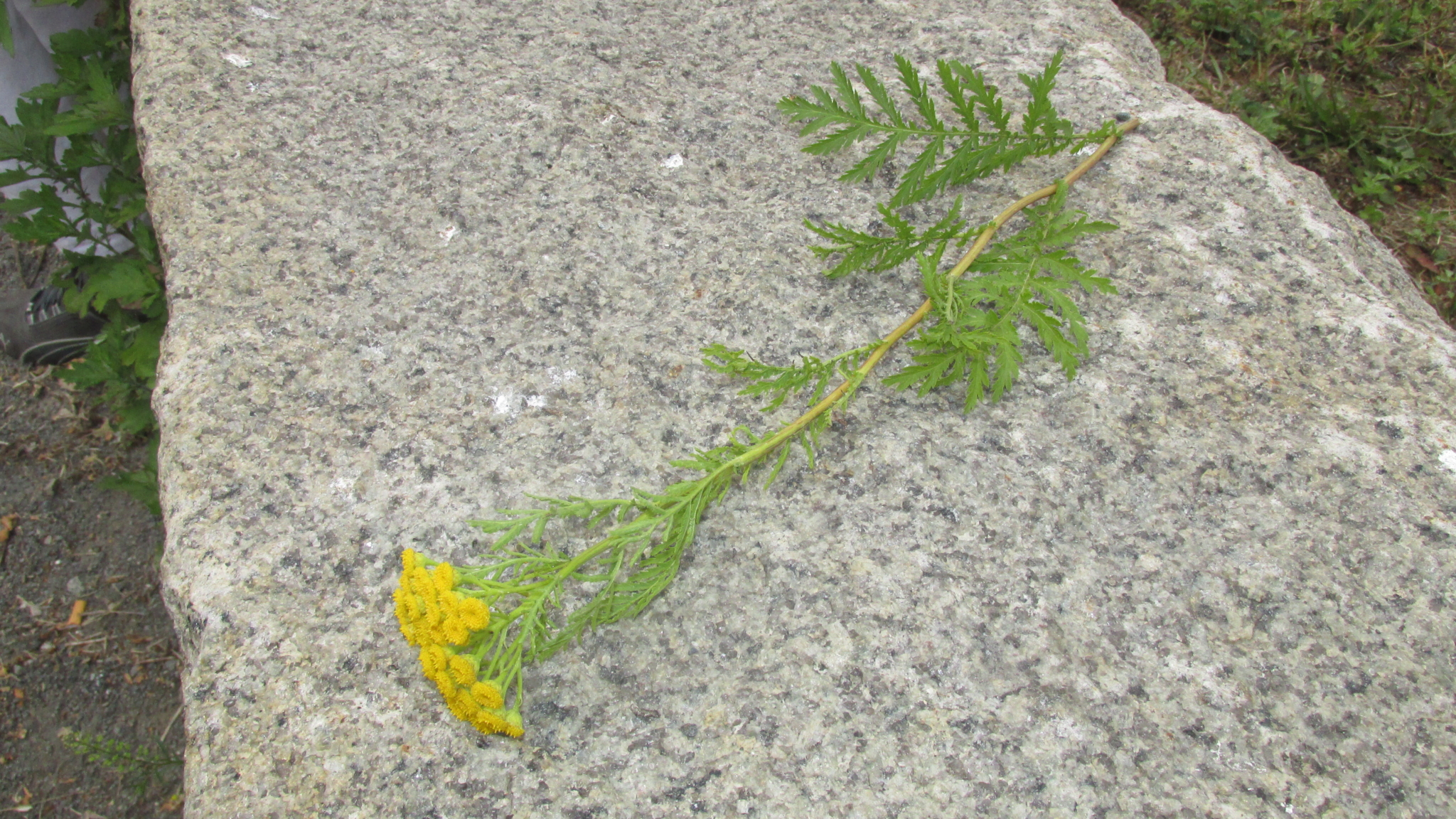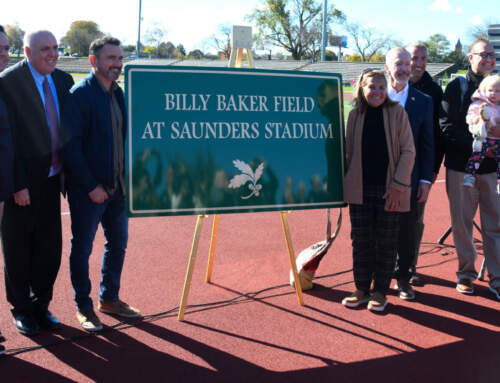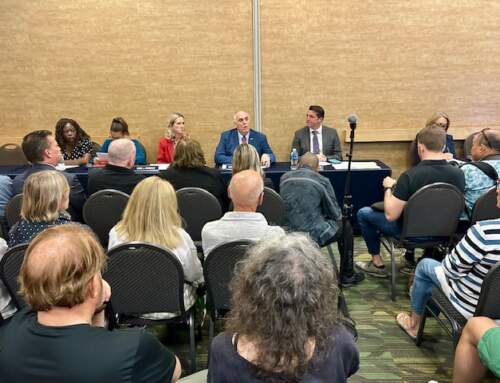This spring, on Thursday evening, May 5, George LoCascio III gave the 36th Annual Marjorie Gibbons Lecture in the Public Room of the South Boston Branch Library. It was a great success, as George described his search for wildflowers located within the urban perimeter of South Boston. He had spotted and identified 75 distinct species.
Now, George is dedicated to his profession, and he likes to spread the word, so he voluntarily arranged a follow-up field trip to Castle Island, where many of our local wildflowers are found. A group of ten hardy (and hearty) searchers gathered last Saturday afternoon, July 9, to carry out their own search, guided by George. He had a handout and his reference book with him: “Newcomb’s Wildflower Guide”, 1977, Lawrence Newcomb.
George began the field trip with a brief talk on how to use “Newcomb’s Wildflower Guide”. Even though is quite a long book, its use is actually fairly simple. By carefully examining the plant’s stem, leaves, and flower, you can come up with a set of three numbers. Looking this set of three up in the Guide will show you descriptions and pictures of the flower you just examined (Example: “7-3-4” leads to the light blue chicory flower, sometimes mistakenly called a “cornflower”).
Wildflowers are usually small, but very beautiful. Many have stories that go with them. Chicory was used as a coffee substitute during the Civil War and is still a popular hot drink in New Orleans. When dried, leaves from the tall yellow tansy are a good seasoning for fish (use tansy very sparingly – it’s strong tasting). Bayberry for scenting your soap is common on Castle Island. Nightshade, a plant with poisonous berries, is also found on the Island. Patriot QB Tom Brady will eat no plant cousins to nightshade, such as potatoes and tomatoes – Incas, Aztecs, Irishmen, and Italians would be very surprised.
Take a walk around Castle Island yourself; look for wildflowers on your own. You’ll find some with memorable names, like trefoil bird’s-foot and crown vetch.


